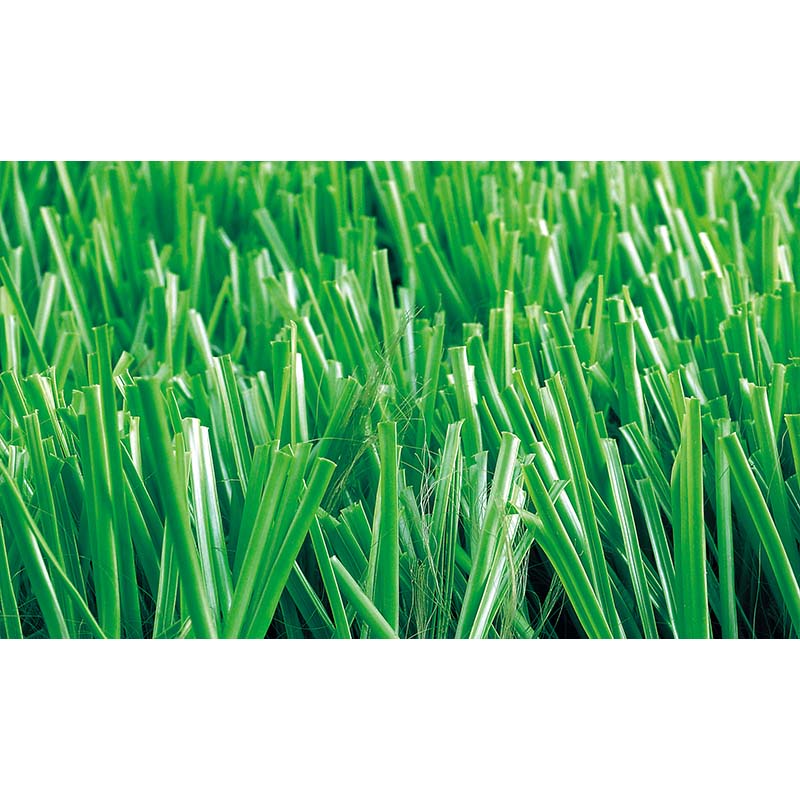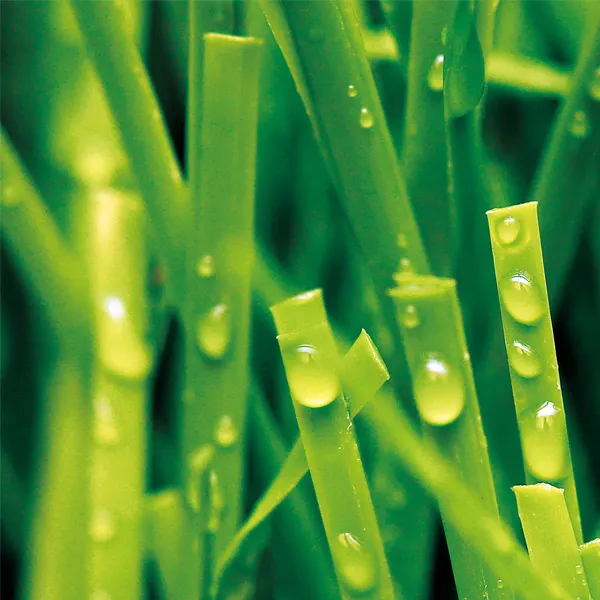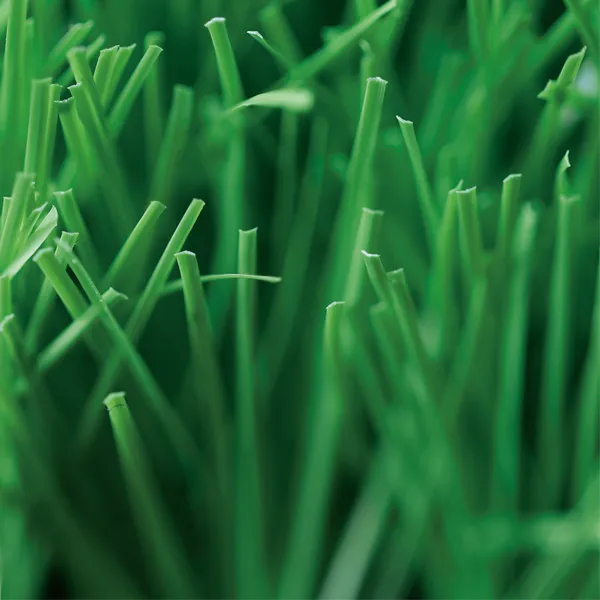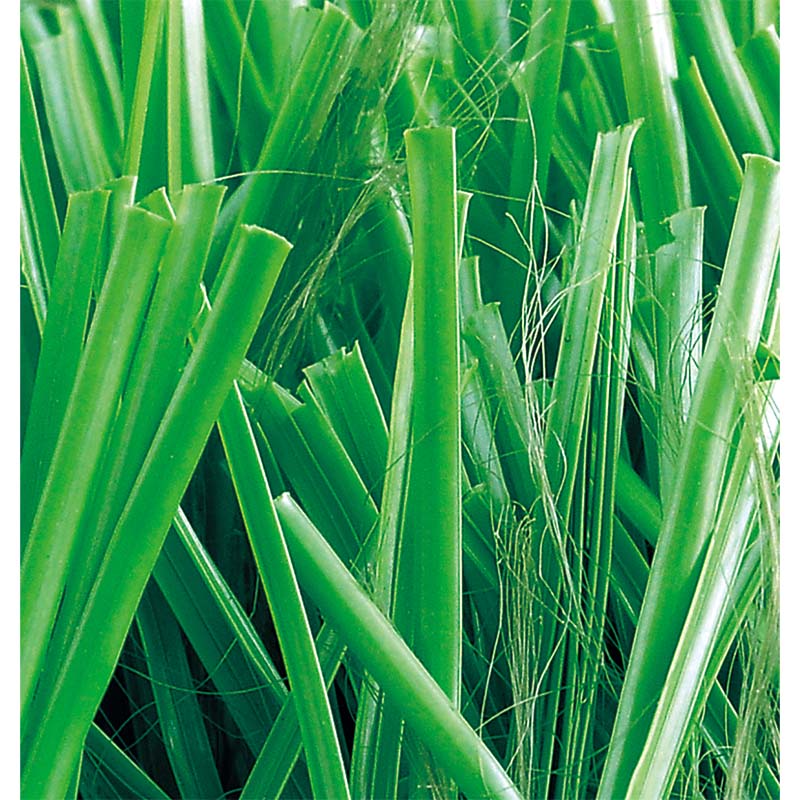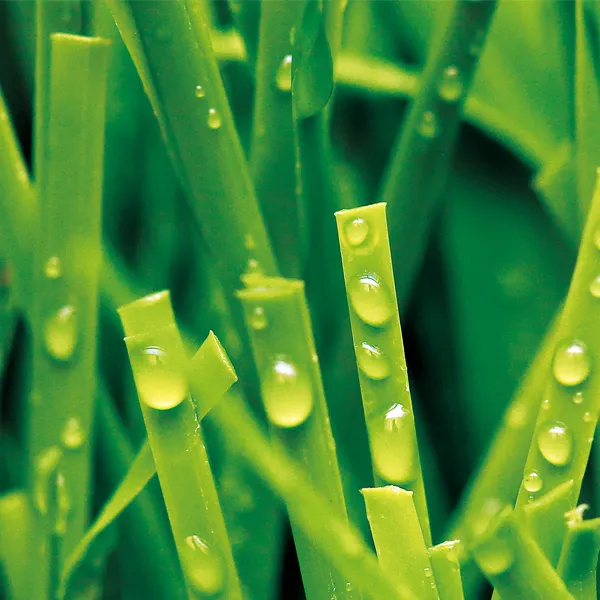The Beginners Guide to Installing Artificial Grass Professionally

The Complete Guide to Installing Artificial Grass
Installing artificial grass isn’t always simple, which is why we recommend using a professional to lay artificial grass for you. However, if you want to learn how to install artificial grass, whether you decide to do your own DIY Project or not, then this is the guide for you.
![]()
Tools Required to Install Artificial Grass
Just like the ingredients to a recipe, knowing which tools to use will make the installation of your artificial grass a whole lot easier:
- Stanley Knife and extra snap-off blades
- Vibrating-Plate Compactor
- Roller
- Measuring tape
- Straight edge or levelling tool
- Spade
- Rake
- Pickaxe
- Hard bristle broom or mechanical/industrial power-broom
- Gloves
- Knee pads (for comfort)
- Joining tape
- Turf adhesive
- Turf infill
- Geotextile membrane (weed protecting barrier)
Identify your Current Area Surface
The surface of your area will determine whether you need to install a sub-base drainage system, or a ready-to-lay installation.
- Installation on a Soft Surface – are for areas with soil/sand/sod/mud/existing grass areas which requires a sub-base drainage system
- Installation on a Hard Surface – are for areas with a flat/concrete/level ready-to-lay surface that already has adequate drainage. Even though our artificial grass is manufactured with drainage holes, if the current area waterlogs when it rains, it means the surface has inadequate drainage.
ARTIFICIAL GRASS FOR FOOTBALL, MT-UBEST-PLUS
Installing Artificial Grass on a Soft Surface
![]()
- Measure the area to be installed
- Procure the materials for the installation
- Prepare the ground surface
- Excavate, Level and Compact
- Install the geotextile membrane
- Install the Sub-Base
- Prepare the Borders or Edges
- Laying the Artificial Grass Down
- Joining the Artificial Grass
- Infill the Artificial Grass
-
Measure the Area to be Installed
Measure the longest length and width of the area. Once you have established the area size, you will then have to work out your cutting list. Our artificial grass rolls are supplied in 2m and 4m widths with 25m lengths in total which we will cut for you to the nearest 0.5m according to your order.
Example: If you measured the width of your area to be 6m and 5.23m in length. You will require a 4m x 5.5m and 2m x 5.5m artificial grass carpet. This means that you will need to join 5.5m of the two carpets together.
-
Procure the Materials for the installation
Based on the example above for ease of understanding you will require 1.3 cubes of aggregated stone for the sub-base. Cement for the borders to glue the artificial grass carpet down onto.
-
Prepare the Ground Surface
Remove the existing grass/soil/sand with spades, pickaxes and/or garden forks depending on how thick the sod of the area is. Rake everything up, put aside or in your wheelbarrow for dumping or recycling.
-
Excavate, Level and Compact
Once the existing grass is removed, Excavate the area to the desired levels of the sub-base required which is dependent on the actual area, we usually work on sub-base levels between 40mm to 70mm depending on the layout of the area; this is to allow for the flow of the drainage to move away from the house for example. Level the area with a straight edge or levelling tool by shifting the uneven soil from side to side. Compact the soil with a vibrating-plate compactor that you could hire from your nearest Tool-Hiring company and then check and recheck the levels until you are satisfied.
-
Install the Geotextile Membrane
At this stage you should lay down the geotextile membrane to fit the area to help prevent weeds from growing through.
-
Install the Sub-Base
Fill the compacted-excavated area with the aggregated stone; with the largest stone being 6mm in diameter and then level and compact using your levelling tool and vibrating-plate compactor.
-
Prepare the Borders or Edges
Arrange cement borders on the edges of the surface for ease of fastening down the artificial grass carpet. These borders are non-decorative and should be allowed to dry before laying down the synthetic turf.
-
Laying the Artificial Grass Down
Place the artificial grass down on the ready to lay surface and use a roller to roll out any creases in the artificial grass. Let the grass lay open for a while before trimming and gluing as it has been tightly rolled up for quite some time. It would be more efficient to do this even before preparing the ground surface so that the grass has had enough time to iron out all the creases using the sun. Once the grass is level with the surface you can trim the excess artificial turf using your Stanley knife to perfectly match the edges of the surface of the installation.
-
Joining the Artificial Grass
If there are two carpets to be joined, you will have to glue the carpets to the joining/seaming tape first and then glue down the perimeter to the cement borders.
-
Infill the Artificial Grass
Once the glue is dry, you can then cover the artificial lawn with the silica sand infill by using a hard bristle broom or mechanical power-broom and brush it in evenly. The Silica sand infill helps the artificial grass blades remain upright, promotes the longevity of the grass, reduces the heat in hot weather and makes the synthetic grass appear more natural.
Installing Synthetic Grass on a Hard Surface
- Measure the area
- Lay down the artificial grass
- Trim and Fit
- Join and Glue
- Brush and infill
-
Measure the area to be installed
Measure the longest length and width of the area. Once you have established the area size, you will then have to work out your cutting list. Our artificial grass rolls are supplied in 2m and 4m widths with 25m lengths in total which we will cut for you to the nearest 0.5m according to your order.
Example: If you measured the width of your area to be 6m and 5.23m in length. You will require a 4m x 5.5m and 2m x 5.5m artificial grass carpet. This means that you will need to join 5.5m of the two carpets together.
-
Lay Down the Artificial Grass
Lay the artificial grass down onto the area, use a roller to ensure that the synthetic lawn is levelled onto the concrete surface and all the creases are rolled out
-
Trim and Fit
Trim the excess artificial turf using your Stanley knife to perfectly match the edges of the surface of the installation as desired by you.
-
Join and Glue
If there are two carpets to be joined, you will have to glue the carpets to the joining/seaming tape first and then glue down the perimeter to the cement borders.
-
Brush and Infill
Once the glue is dry, you can then cover the artificial lawn with the silica sand infill by using a hard bristle broom or mechanical power-broom and brush it in evenly. The Silica sand infill helps the artificial grass blades remain upright, promotes the longevity of the grass, reduces the heat in hot weather and makes the synthetic grass appear more natural.
Maintaining your Artificial Grass
- Brush your artificial lawn occasionally to keep the area clean and yarn upright by using a yard broom or hard bristle broom
- You may use a leaf-blower for excessive leaf-shedding
- For oily or syrupy spills use a simple detergent like sunlight liquid and rinse/hose the area down
- Contact MTGRASS on +86 311 8525 2303 or Info@mighty.cc every twelve (12) months or when necessary for a power-broom including silica sand infill top-up @R15.00psqm ex VAT to revive your area
- Artificial grass is fire-retardant but not flame-resistant. Repairs can be done, but prevention is always better.
With years of expertise in artificial grass, we're dedicated to providing eco-friendly, durable, and aesthetically pleasing solutions.
Our commitment to quality and customer satisfaction shapes every blade of grass we produce,
ensuring that we not only meet, but exceed,your landscaping expectations.

